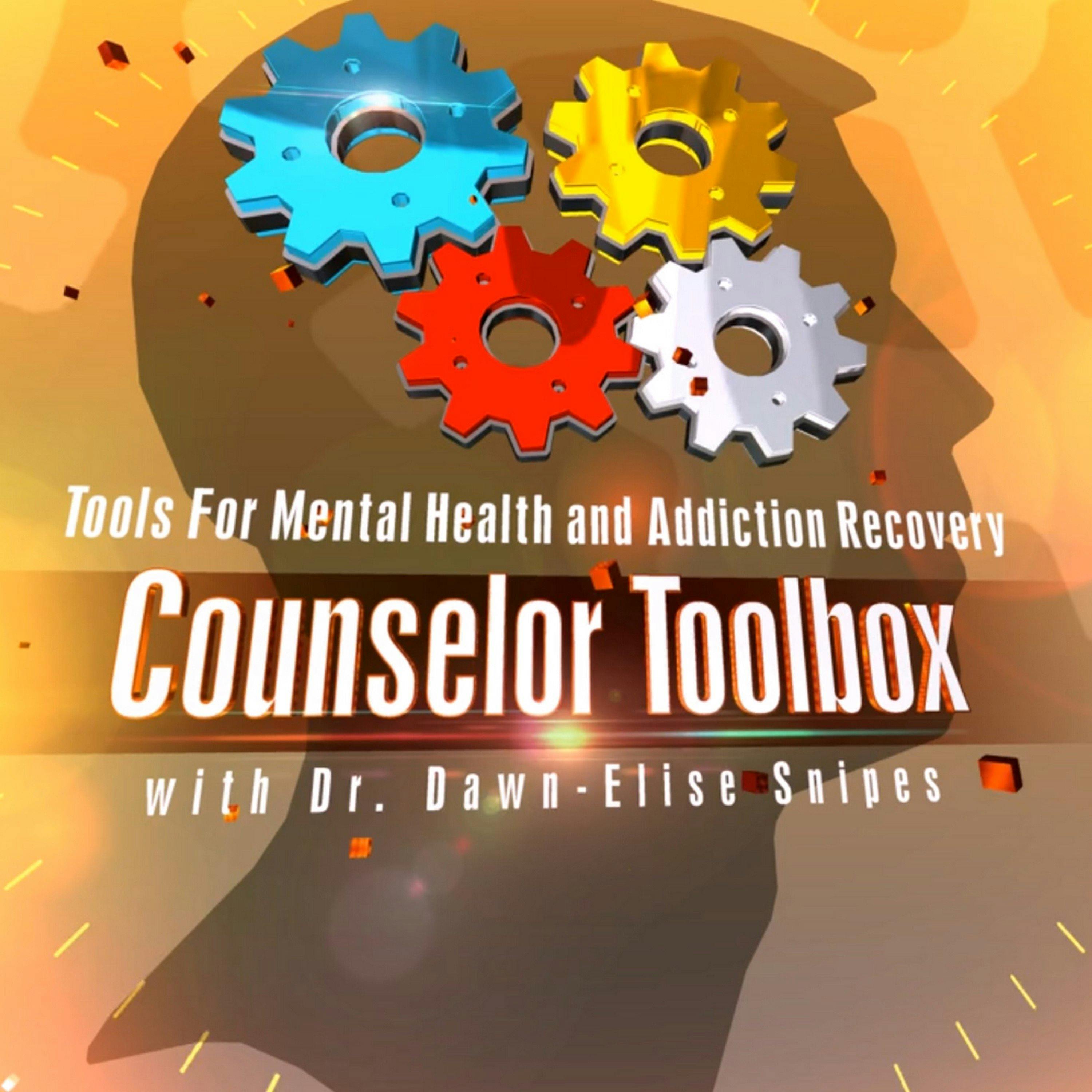Essential Guide to Understanding and Responding to Children's Anxiety
Description
### Summary of the Video
#### Introduction
- Presenter: Dr. Dawn-Elise Snipes
- Topic: Understanding Anxiety Through a Child's Eyes
#### What is Anxiety?
- Anxiety is essentially fear, part of the fight-or-flight response.
- Children and adults share similar fears but children may have broader fears due to less life experience.
#### Common Fears in Children
- Death and safety concerns, not only for themselves but for their caregivers.
- Fear of rejection, isolation, and abandonment.
- Anxiety about the unknown and loss of control.
#### Developmental Impact on Anxiety
- Children’s fears are influenced by their developmental stage.
- Younger children have stronger emotional responses due to underdeveloped reasoning areas in the brain.
- Children often exhibit more somatic symptoms and behaviorally express their anxiety.
#### Symptoms of Anxiety in Children
- Increased sensitivity and irritability.
- Behavioral changes such as meltdowns, compulsive behaviors, and avoidance.
- Physical signs like headaches, stomach aches, restlessness, and sleep disturbances.
- Cognitive symptoms like excessive worry and difficulty concentrating.
#### Misdiagnoses
- Anxiety can be mistaken for ADD, autism spectrum disorders, PTSD, and depression.
- Differentiating anxiety from other disorders is crucial for effective treatment.
#### Interventions for Managing Anxiety
- Establish a secure attachment and consistent mindfulness of the child's emotional state.
- Use empathy and validation to encourage open communication.
- Teach distress tolerance and mindfulness techniques.
- Provide structure, predictability, and clear expectations to reduce anxiety.
- Encourage positive self-talk, visualizations, and support networks.
#### Addressing Cognitive Distortions
- Help children identify and challenge all-or-nothing thinking, personalization, and magnification.
- Encourage factual analysis and identification of exceptions to anxious thoughts.
#### Developmental Considerations
- Infants and toddlers require responsive caregiving to build trust and security.
- Preschool and school-age children benefit from structured environments and clear communication about plans and expectations.
- Older children and adolescents need support in developing identity and understanding complex emotions.
### Time Codes for Major Points
0:45 Introduction and importance of understanding anxiety in children
4:15 Explanation of common fears and their developmental context
15:30 Symptoms of anxiety in children and how they manifest
24:50 Misdiagnoses and differential diagnosis considerations
33:40 Interventions for managing anxiety and establishing secure attachments
47:10 Addressing cognitive distortions and developmental considerations
Feel free to ask for more details or a deeper explanation on any part of the video!
Learn more about your ad choices. Visit megaphone.fm/adchoices
More Episodes
Learn more about your ad choices. Visit megaphone.fm/adchoices
Published 11/21/24
Published 11/21/24
Introduction
Presenter: Dr. Dawn-Elise Snipes discusses helping families navigate life transitions using the Flower Empower Model.
The focus is on understanding how various transitions impact both individuals and families, emphasizing the importance of supportive partnerships between...
Published 11/19/24


